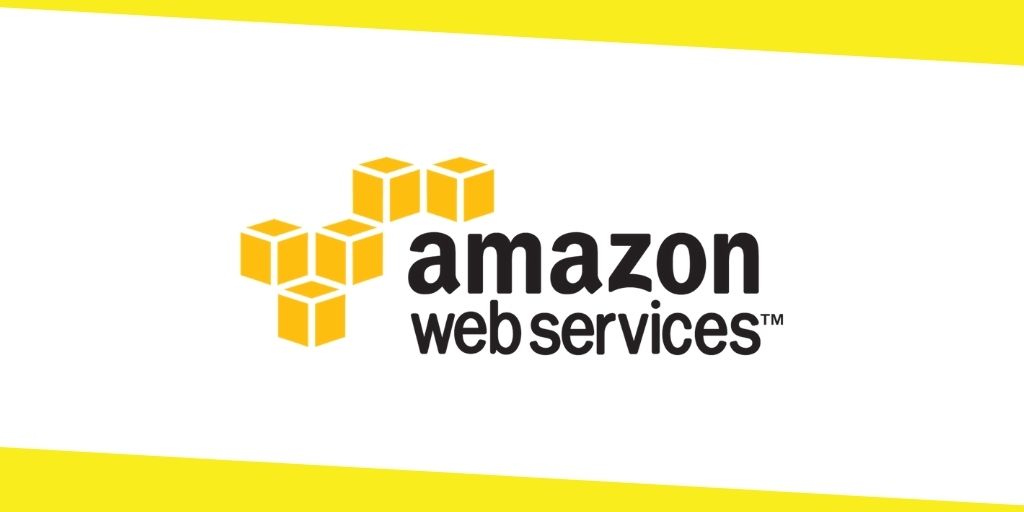How to Prevent Common AWS Vulnerabilities

Once your business decides to prudently invest in the cloud, it can be easy for you to assume that using a cloud service provider like AWS promises that all of your data is safe from possible cyber-attacks. Well, unfortunately, you may not experience complete and comprehensive Amazon cloud security at all times.
AWS possesses the best-in-class security measures and some of the best tools and infrastructure available to manage cloud-based servers. However, there are vulnerabilities, and still, there is work that professionals need to do to ensure that they can protect all crucial resources.
Contents
ToggleCommon AWS Security Vulnerabilities to Watch Out For
Though this list is in no way thorough, it should give you an idea of a few of the ways that hackers are looking to get access to your AWS account. More importantly, it tells you how to go about preventing them from impacting your business’s cloud-based data.
IAM Access
One of the common vulnerabilities of AWS is user access control, or Identity and Access Management (IAM). Once you initially establish an AWS account, you will go through a diversity of steps to authenticate and guard your account.
Remember that you must keep the information that you use to gain access limited to a selected number of individuals who actually require this information. IAM access ultimately gives the people in your organization full control over your account, so you should be extremely careful about assigning it.
Also, there are other ways that you can segment access and functionality, like by forming VPC networks that allow IT admins to create isolated-networks that link up to a subset of your instances. For example, it permits you to separate staging, testing, and even production instances.
Lack of Liability
Liability is a very crucial topic in cloud security, and it is because, once a security incident emerges, you should know who is responsible so you can take the right action. In the present time, cloud providers like AWS are accepting a lot more collective security accountability for everything beyond the virtual machine layer.
However, being a user, you still need to take responsibility for things like access control, data monitoring, and audit logging. It is to determine who has access to what, how the team is monitoring applications and data, and how you will handle the alerts.
Once you take a proactive approach to decide access levels and monitoring activity across the network, you can be sure that if and when anything goes wrong within your AWS environment, you can locate liability with precision.
Outdated Software & Missed Security Patches
It is an issue that has been around long before the emergence of the cloud, and it has been real for on-site software, networks, and fundamentally any digital solution. So, it should not come as a surprise for you to learn this is one of the most basic Amazon cloud security risk management practices, and unfortunately, also one of the most overlooked.
If you ignore the updates, it will be dangerous because professionals design these updates so that you can find the possible exploits. These updates often become public knowledge and, if you do not run the updates, it can make your service a target for malign activity.
To prevent any trouble, you must update everything on your AWS Cloud. Likewise, ensure that your IT employees and the team are always up to date with all official patches and updates.
To sum up, what may appear to be a simple change can leave you open to serious-threats and consequences. Hence, you can ensure Amazon cloud security for your business data only if you keep all these vulnerabilities and risks in mind.
Recommended For You
E-commerce Product Photography: 10 Ways to Make Pretty Product Pics
Most Inside
Most Inside offers high-quality recommendations and valuable updates to enhance all aspects of your life, providing premium guidance and enriching experiences.




